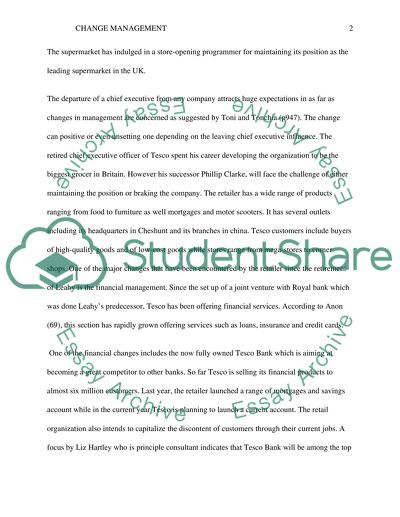Cite this document
(“Critical Examination of the change management implications the Essay”, n.d.)
Retrieved from https://studentshare.org/environmental-studies/1413021-critical-examination-of-the-change-management
Retrieved from https://studentshare.org/environmental-studies/1413021-critical-examination-of-the-change-management
(Critical Examination of the Change Management Implications the Essay)
https://studentshare.org/environmental-studies/1413021-critical-examination-of-the-change-management.
https://studentshare.org/environmental-studies/1413021-critical-examination-of-the-change-management.
“Critical Examination of the Change Management Implications the Essay”, n.d. https://studentshare.org/environmental-studies/1413021-critical-examination-of-the-change-management.


